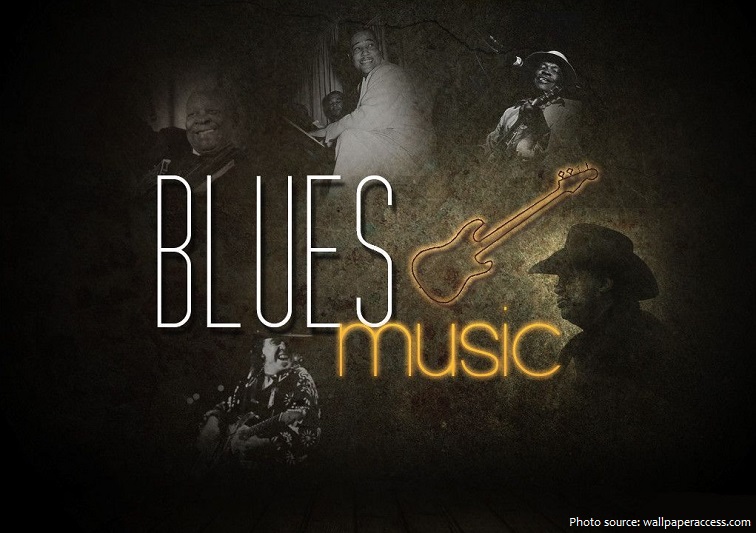
Blues is both a musical form and a musical genre.
Blues gets its name from its original association with melancholy subjects and sounds: when we have ‘the blues’, we’re feeling sad. However, blues has since developed to address other subjects and emotions, adopting a wider purpose of ‘chasing the blues away’ with music.
Blues originated in the Deep South of the United States around the 1860s by African-Americans from roots in African-American work songs and spirituals.
It was influenced by work songs and field hollers, minstrel show music, ragtime, church music, and the folk and popular music of the white population.
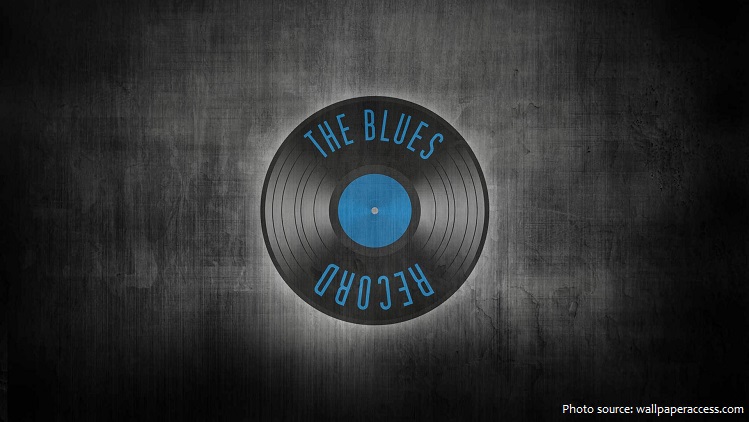
During their back-breaking toil in the fields of the Southern plantations, black slaves developed a “call and response” way of singing to give rhythm to the drudgery of their work.
The first publication of blues sheet music may have been “I Got the Blues”, published by New Orleans musician Antonio Maggio in 1908 and described as “the earliest published composition known to link the condition of having the blues to the musical form that would become popularly known as ‘the blues.'”
Reports of blues music in southern Texas and the Deep South were written at the dawn of the 20th century. Charles Peabody mentioned the appearance of blues music at Clarksdale, Mississippi, and Gate Thomas reported similar songs in southern Texas around 1901–1902. These observations coincide more or less with the recollections of Jelly Roll Morton, who said he first heard blues music in New Orleans in 1902 – Ma Rainey, who remembered first hearing the blues in the same year in Missouri – and W.C. Handy, who first heard the blues in Tutwiler, Mississippi, in 1903.
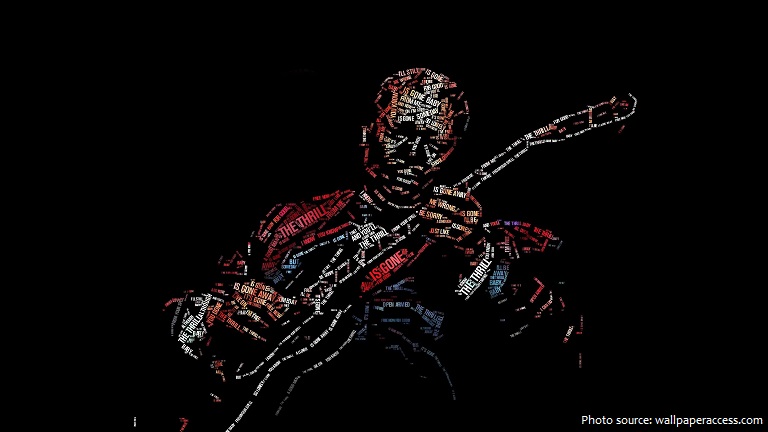
The blues began to enter popular music in the first decade of the twentieth century. Memphis was an early hub for the musical style, hosting artists like Memphis Minnie and W.C. Handy (who paid homage to the city in his composition “Memphis Blues”). Handy composed “St. Louis Blues” in recognition of another ascendant blues city.
The first blues recordings were made in the 1920s by Black women, beginning with Mamie Smith. Her version of American composer and pianist Perry Bradford’s “Crazy Blues” in 1920 was so successful that the General Phonograph Company’s OKeh label launched a series called “Original Race Records.” It was advertised exclusively to African Americans in Black-owned newspapers.
The Great Depression and the World Wars caused the geographic dispersal of the blues as millions of Blacks left the South for the cities of the North. The blues became adapted to the more sophisticated urban environment. Lyrics took up urban themes, and the blues ensemble developed as the solo bluesman was joined by a pianist or harmonica player and then by a rhythm section consisting of bass and drums. The electric guitar and the amplified harmonica created a driving sound of great rhythmic and emotional intensity.
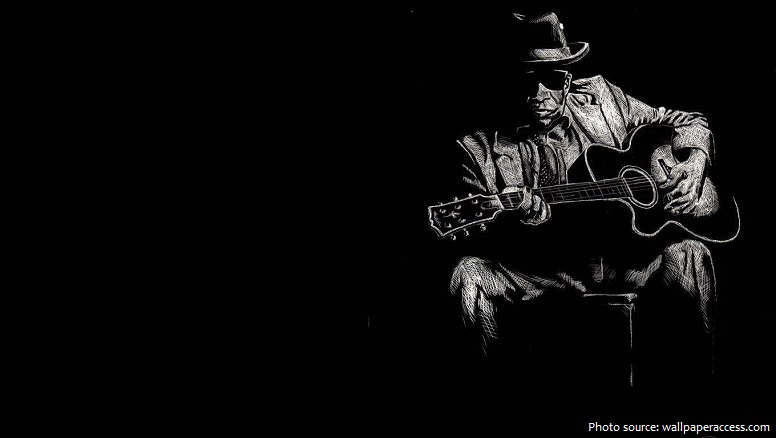
When the country blues moved to the cities and other locales, it took on various regional characteristics. Hence the St. Louis blues, the Memphis blues, the Louisiana blues, etc. Chicago bluesmen such as John Lee Hooker and Muddy Waters were the first to electrify the blues and add drums and piano in the late 1940s.
Women played an important role in advancing the blues. Among the stars of the genre were vocalists Bessie Smith (deemed “empress of the blues”), Mamie Smith, and Ma Rainey, who recorded major hits with Louis Armstrong.
By the beginning of the 1960s, genres influenced by African American music such as rock and roll and soul were part of mainstream popular music. White performers such as the Rolling Stones and the Beatles had brought African-American music to new audiences, both within the U.S. and abroad. However, the blues wave that brought artists such as Muddy Waters to the foreground had stopped. Bluesmen such as Big Bill Broonzy and Willie Dixon started looking for new markets in Europe. Dick Waterman and the blues festivals he organized in Europe played a major role in propagating blues music abroad. In the UK, bands emulated U.S. blues legends, and UK blues rock-based bands had an influential role throughout the 1960s.
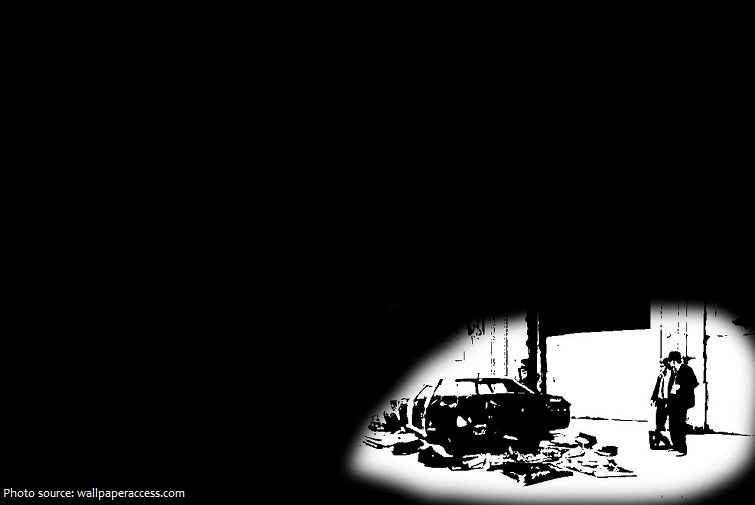
Since the 1980s there has been a resurgence of interest in the blues among a certain part of the African-American population, particularly around Jackson, Mississippi and other deep South regions.
In the 1990s, the largely ignored hill country blues gained minor recognition in both blues and alternative rock music circles with northern Mississippi artists R. L. Burnside and Junior Kimbrough.
Perhaps the most visible example of the blues style of music in the late 20th century came in 1980, when Dan Aykroyd and John Belushi released the film The Blues Brothers. The film drew many of the biggest living influencers of the rhythm and blues genre together, such as Ray Charles, James Brown, Cab Calloway, Aretha Franklin, and John Lee Hooker. The band formed also began a successful tour under the Blues Brothers marquee. 1998 brought a sequel, Blues Brothers 2000 that, while not holding as great a critical and financial success, featured a much larger number of blues artists, such as B.B. King, Bo Diddley, Erykah Badu, Eric Clapton, Steve Winwood, Charlie Musselwhite, Blues Traveler, Jimmie Vaughan, and Jeff Baxter.